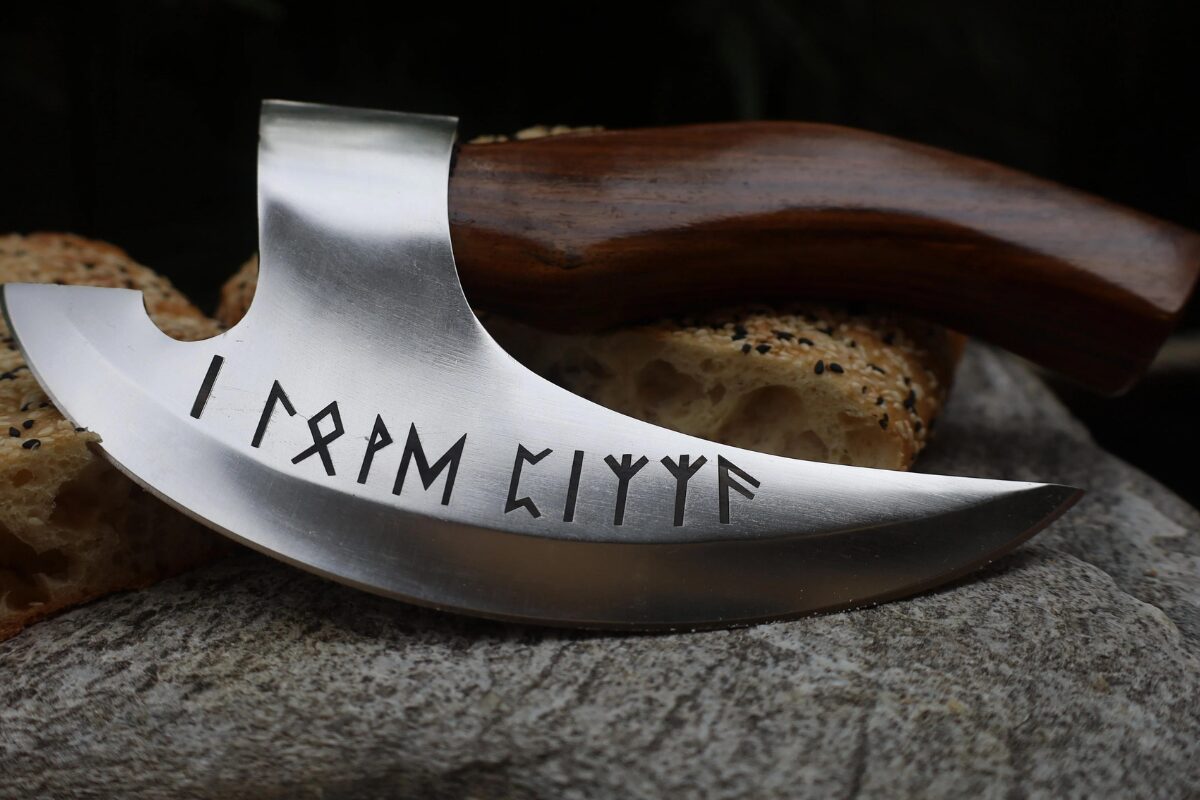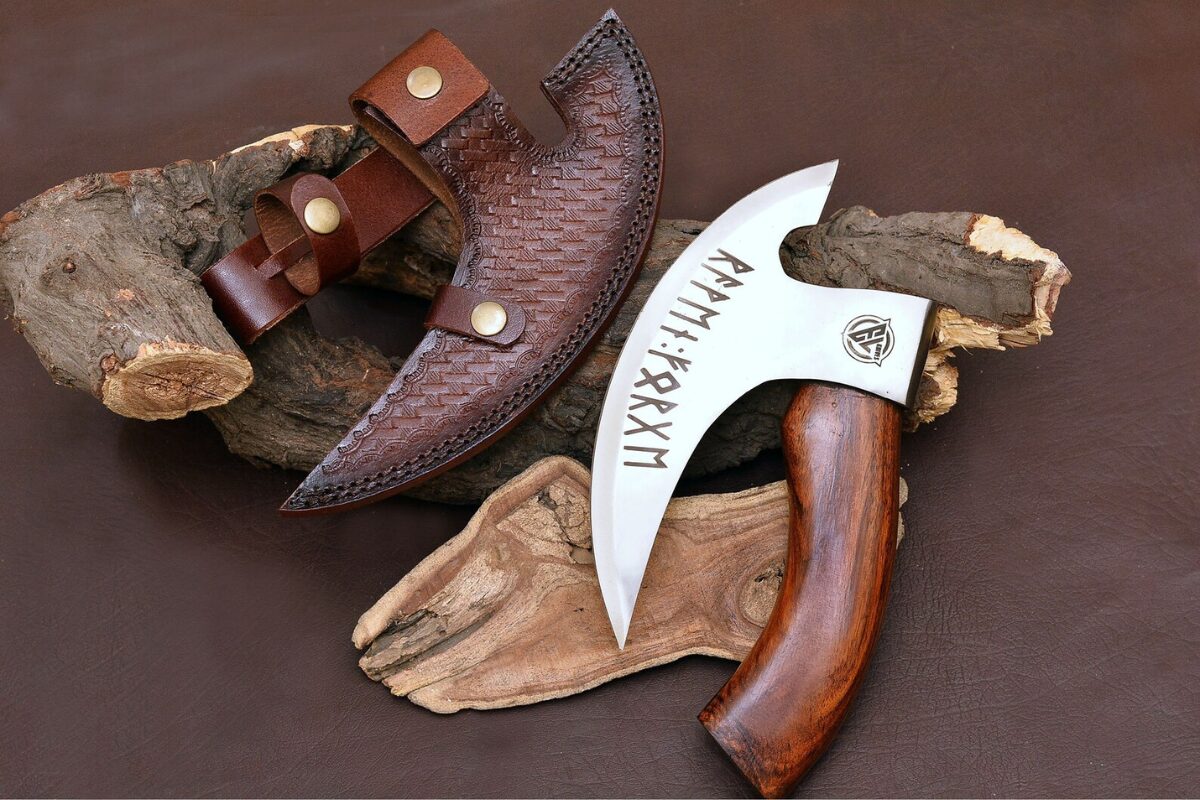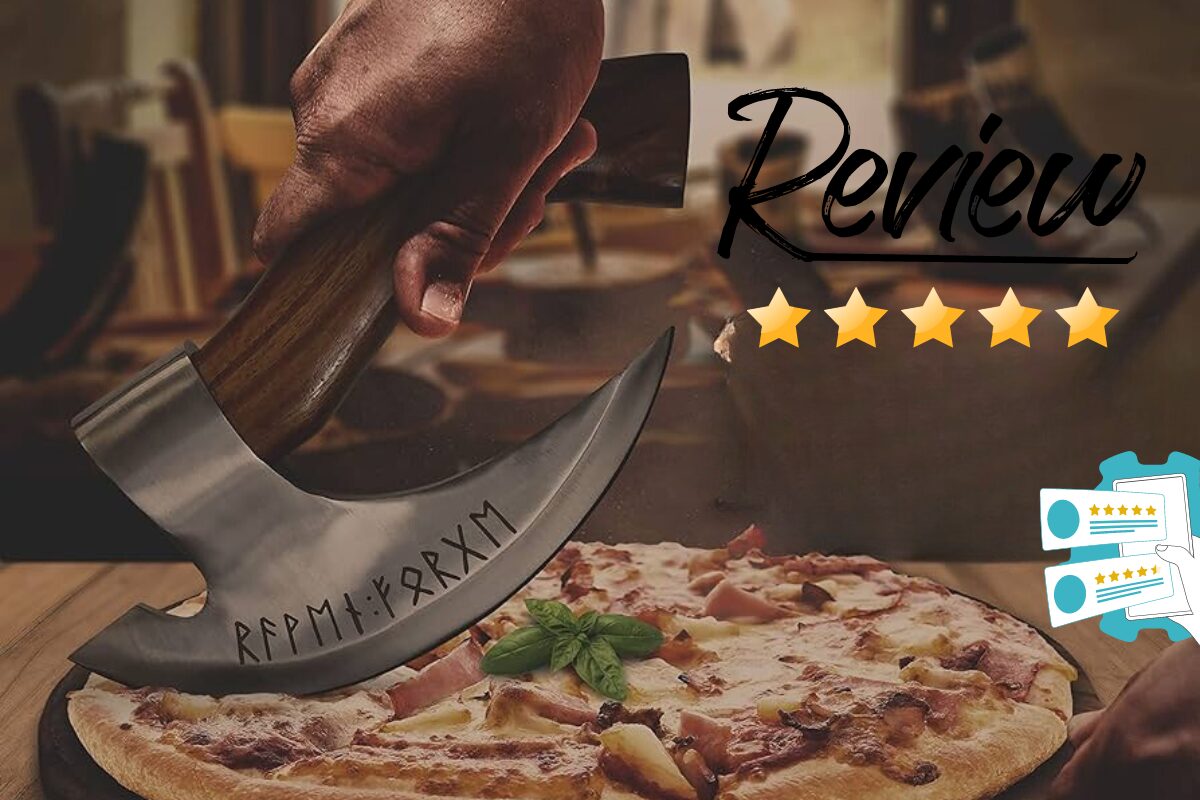- Free Shipping and 100 days free returns.
There has been a discernible trend in the kitchen toward sustainability in recent years. People are looking for environmentally friendly substitutes for commonplace products and devices as they become more conscious of their impact on the environment. This trend extends to even the tiniest objects, such as the humble pizza cutter, and isn’t limited to large equipment or culinary options. Making the switch to a sustainable pizza cutter is an easy yet powerful method to improve your cooking practices. Let’s examine the benefits of sustainable pizza cutters and the best choices.
Find unique, eco-friendly pizza cutters for your kitchen! We look at green solutions in this article that will make your pizza nights more stylish. Discover the ideal match for your culinary explorations with our selection of sturdy materials and inventive designs. Discover how VikingGear adds flair and use to your culinary arsenal while standing out in the sustainability department.

Selecting a sustainable pizza cutter has several strong advantages. Sustainable pizza blades are, first and foremost, eco-friendly. By utilizing recyclable or renewable materials like repurposed wood, bamboo, and stainless steel, they lessen waste and our carbon impact. Because they are usually composed of non-toxic materials, these environmentally friendly solutions not only safeguard your kitchen’s safety but also the environment.
Furthermore, there is less need for regular replacements because sustainable pizza tools are strong and long-lasting. Because of its lifespan, you will ultimately save money and contribute less waste to landfills. Choosing sustainable pizza cutters ensures that your kitchen utensils are both useful and environmentally friendly, and it’s a tiny but significant step toward living a greener lifestyle.
Selecting a sustainable bread cutter requires careful consideration of the materials involved. Due to their renewable nature and biodegradability, bamboo handles are a popular option since they combine strength and environmental friendliness. Another great choice is recycled stainless steel blades, which reduce the demand for new raw materials while offering endurance and resistance to corrosion. Wooden pizza slicers, particularly those derived from sustainable forestry processes, have a natural, rustic beauty and are durable enough for frequent use.
Last but not least, recycled plastic pizza slicers are affordable and useful kitchen gadgets made from garbage. Each of these components guarantees the durability, efficiency, and environmental friendliness of your pizza slicer. Making the transition to sustainable materials improves your kitchen experience while also supporting a healthy planet.

Ergonomic Design
A good pizza cutters should be comfortable to hold and easy to maneuver. Look for ergonomic designs that reduce strain on your hands and wrists, making it easier to slice through your favorite pizzas.
Blade Sharpness
Sharp blades are essential for efficient cutting. A dull blade can ruin your pizza experience by tearing through the crust instead of slicing it cleanly. Sustainable pizza cutters with high-quality blades ensure you get perfect slices every time.
Ease of Cleaning
Hygiene is crucial in the kitchen. Choose pizza cutters that are either dishwasher safe or easy to hand wash. This ensures that your cutter remains clean and safe to use with minimal effort.
Multifunctionality
Some pizza cutters are designed to perform multiple tasks. Whether it’s slicing dough, chopping herbs, or even serving as a makeshift bench scraper, multifunctional cutters can be a versatile addition to your kitchen arsenal.
VikingGear
Discover the top sustainable pizza cutter brands, including VikingGear. Renowned for eco-consciousness, VikingGear offers an array of kitchen tools like axes, swords, and knives, including their innovative pizza cutter. Crafted with durability and sustainability in mind, it’s the perfect blend of tradition and modernity for your culinary adventures.
OXO
OXO is a well-known brand that incorporates recycled stainless steel in many kitchen tools. Their pizza cutters are durable, efficient, and designed with user comfort in mind. OXO’s commitment to quality and sustainability makes their products a reliable option.
Sustaining your sustainable pizza axe or pizza cutters wheel is necessary to guarantee its longevity and peak functionality. As soon as you finish using your pizza cutter, start by cleaning it. To avoid damage, handwash bamboo and hardwood handles in warm water with mild soap. Do not soak the handles for an extended time. You can normally use a fast dishwasher cycle for recycled stainless steel blades, but hand washing is preferable because it is kinder.
To ensure smooth, effortless slices every time, regularly sharpen the blade with a knife sharpener or whetstone. To prevent moisture damage and unintentional nicks, store your pizza cutter in a dry, secure location. You could use a protective cover in a utensil drawer or hang it from a kitchen hook. Your pizza axe or cutter wheel will remain effective and long-lasting with proper maintenance for many years to come.

Making the switch to a sustainable pizza knife is a simple but effective way to make your kitchen greener. The advantages are obvious: fewer negative effects on the environment, safer materials, and long-lasting equipment. Choosing environmentally friendly kitchen appliances allows you to enjoy high-end, fashionable, and useful products while also making a positive impact on the environment.
Today, make the change and experience the difference for yourself. Keep in mind that every little change matters, and when we all work together, we can significantly improve the environment. Thus, the next time you’re cutting up that great pizza, use a cutter that reflects both personality and sustainability.
Pizza cutters are multipurpose tools that are mainly used for cutting pizzas into thin, uniform slices. With its sharp blade, you can cut through crusts, toppings, and even other dishes like sandwiches or quesadillas with accuracy.
Even though many Italian homes and pizzerias have pizza knives, traditional Italian pizza is typically eaten with a knife and fork, especially in more formal situations or when Neapolitan-style pizzas are served.
The knife typically used to cut pizza is called a pizza cutter or pizza wheel. It features a sharp circular blade attached to a handle, allowing for easy and efficient slicing of pizzas.